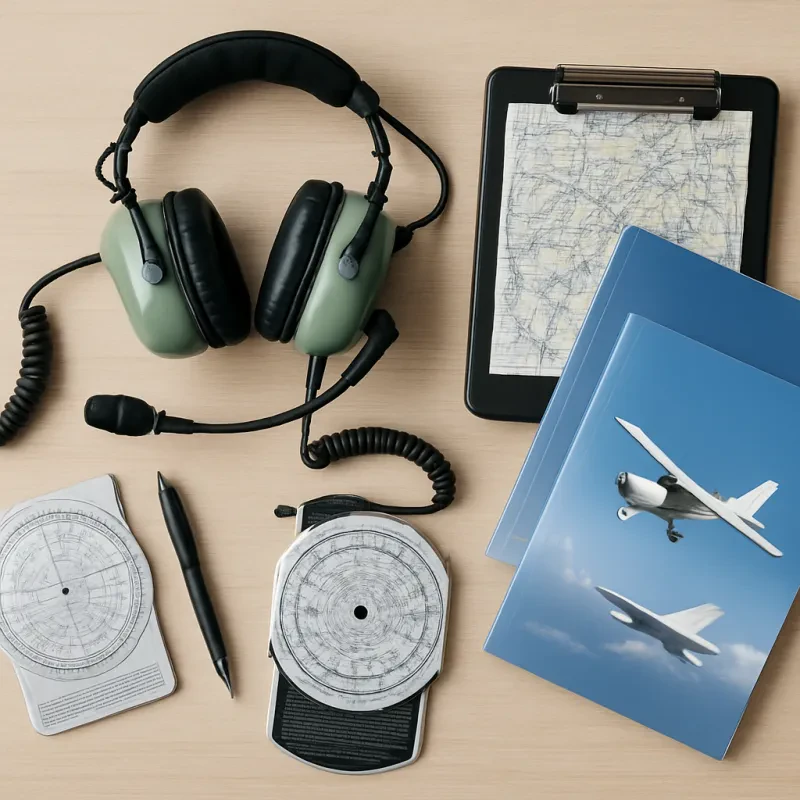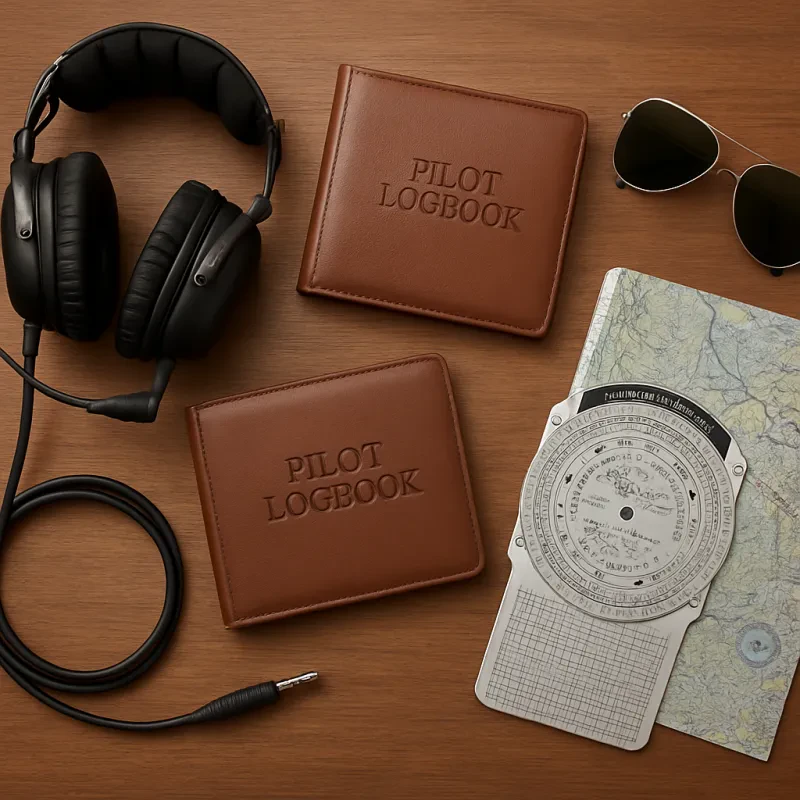Whether you're a seasoned pilot or just starting out in the world of aviation, understanding how to use a basic aviation calculator is essential for safe and efficient flying. These handy tools can help you with a variety of tasks, from calculating fuel consumption to determining your aircraft's maximum weight capacity. By mastering the basic functions of an aviation calculator, you can make better-informed decisions while in the cockpit.
One of the most common functions of a basic aviation calculator is calculating groundspeed. By inputting your true airspeed and wind speed and direction, the calculator can quickly determine how fast you will be traveling over the ground. This is crucial for flight planning and adjusting your route to account for varying wind conditions. Understanding how to use this function will ensure that you reach your destination in a timely manner.
Another important function of a basic aviation calculator is calculating weight and balance. By inputting the weight of your aircraft, passengers, and cargo, the calculator can determine if you are within the safe weight limits for takeoff and landing. This is vital for ensuring the safety of your flight and avoiding potential accidents. By regularly using this function, you can ensure that your aircraft remains within its performance limits.
In addition to these essential functions, a basic aviation calculator can also help you with tasks such as converting units of measurement, determining time and distance, and calculating fuel consumption. By familiarizing yourself with all of the capabilities of your calculator, you can make your flying experience more efficient and enjoyable. So, take the time to practice using your basic aviation calculator and become a master of this essential tool for every pilot.
Key Formulas for Aircraft Performance Calculations
Knowing the key formulas for aircraft performance calculations is essential for any pilot looking to master the basic aviation calculator. These formulas help pilots determine crucial information such as aircraft speed, rate of climb, and fuel consumption. By understanding and applying these formulas correctly, pilots can make informed decisions while in the air.
One important formula to remember is the calculation for ground speed. Ground speed is the speed at which an aircraft is moving over the ground and is essential for flight planning. To calculate ground speed, pilots can use the formula: Ground Speed = True Airspeed - Wind Component. By inputting the true airspeed and wind component into the basic aviation calculator, pilots can quickly determine their ground speed.
Another useful formula for pilots is the rate of climb calculation. The rate of climb is the vertical speed at which an aircraft is ascending and is crucial for assessing performance during takeoff and climb. The formula for rate of climb is: Rate of Climb = (TAS / 60) x (1 / 6076) x (TAS - IAS). By plugging in the true airspeed and indicated airspeed into the basic aviation calculator, pilots can easily determine their rate of climb.
Lastly, pilots should be familiar with the formula for fuel consumption calculations. Knowing how much fuel an aircraft will consume is vital for flight planning and ensuring that the aircraft has enough fuel for the journey. The formula for fuel consumption is: Fuel Consumption = (Fuel Flow Rate x Time) / Distance Traveled. By inputting the fuel flow rate, time, and distance traveled into the basic aviation calculator, pilots can accurately calculate their fuel consumption.
Tips for Efficient Calculation in the Cockpit
Whether you're a seasoned pilot or just starting out, mastering the basic aviation calculator is essential for efficient calculations in the cockpit. Here are some tips to help you make the most of this valuable tool:
1. Familiarize yourself with the different functions of the basic aviation calculator. From basic arithmetic operations to more advanced functions like fuel consumption calculations and unit conversions, understanding how to navigate and use these functions will save you time and effort during flight.
2. Practice using the basic aviation calculator regularly to improve your speed and accuracy. Set aside some time before each flight to go through different scenarios and calculations using the calculator. The more you practice, the more comfortable and proficient you will become with using it in real-time situations.
3. Keep your calculations simple and concise. While the basic aviation calculator can handle complex calculations, it's best to break down the problem into smaller, more manageable steps. This will help you avoid errors and ensure that your calculations are both accurate and efficient.
4. Double-check your calculations before relying on them for critical decisions. Even the most experienced pilots can make mistakes, so it's important to verify your calculations to ensure that your data is correct. Taking the time to review your work can prevent potential errors that could jeopardize the safety of your flight.
Troubleshooting Common Errors in Aviation Calculations
As a pilot, mastering the basic aviation calculator is crucial for accurate flight planning and navigation. However, it's common for errors to occur when using this essential tool. Here are some troubleshooting tips for common errors in aviation calculations:
1. Incorrect Unit Conversion: One of the most frequent mistakes pilots make is failing to convert units properly. Make sure you're using the correct units for weight, fuel, distance, and altitude when inputting data into the basic aviation calculator. Double-check your conversions to avoid errors.
2. Inputting the Wrong Data: Another common error is inputting incorrect data into the calculator. Always verify the information you're entering, including airspeed, wind speed, temperature, and pressure. One small error in inputting data can lead to significant miscalculations.
3. Misinterpreting Results: Sometimes, pilots may misinterpret the results generated by the basic aviation calculator. Take the time to carefully review the calculations and ensure you understand the meaning of each value. Don't rush through the calculations, as accuracy is paramount in aviation.
4. Failing to Account for Factors: Remember that the basic aviation calculator is a tool that helps you make informed decisions. It's essential to consider other factors such as weather conditions, aircraft performance, and airspace restrictions when using the calculator. Failure to account for these variables can lead to errors in calculations.


